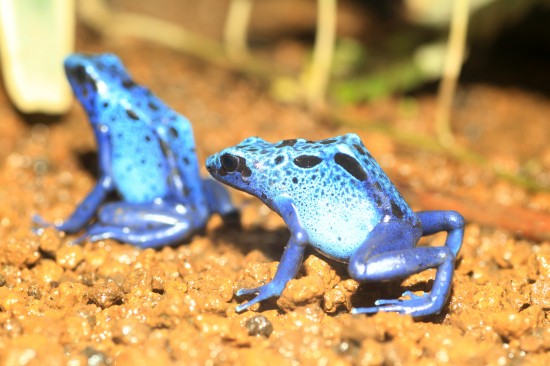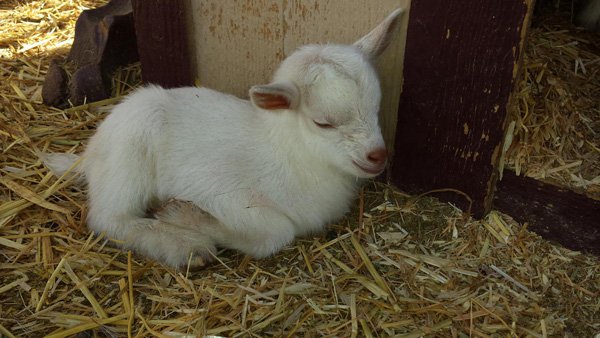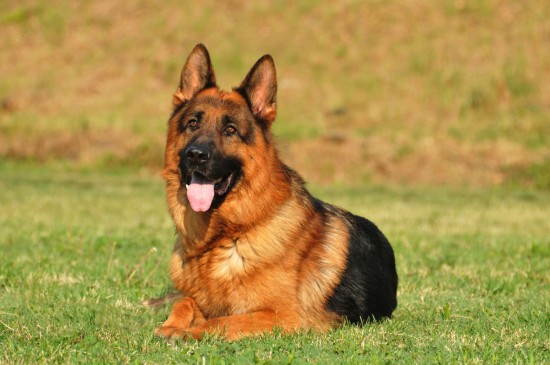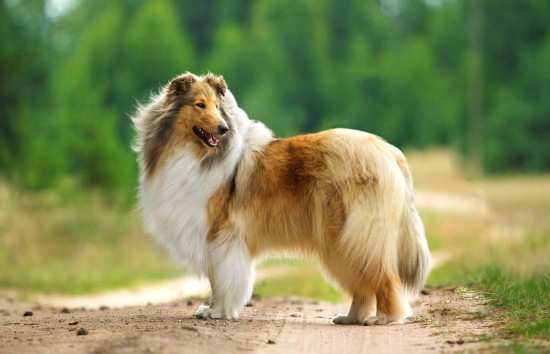
The quality of grass and soil in your paddock is of particular importance both to the look of your land and the heath of your horses. As a result it is best to check the conditions of your paddock frequently and treat any problems as they arise or else seek the correct paddock maintenance advice. The key aspect of creating and maintaining healthy grassland is rotation. Often horses graze and manure in specific areas of the field, leaving bare patches of land. If at all possible paddocks should be left empty for six months as and when is necessary. However, in practice this is not always feasible. As such it may be more practical to section off one small area of land at a time for two weeks. This is especially important during the autumn and summer seasons.
Bald areas of the paddock can also be avoided by feeding the horses in different parts of the paddock and by ensuring manure is not allowed to remain on the grass for longer than necessary. This is especially important as the presence of manure can lead to infection. If practical it may be beneficial to add an extra gateway in to your paddock. Consequently this would reduce the use of each entrance, thereby reducing poached land.
Spring is the best time to analyse the soil in your paddock. A lack of nutrients or infection in the soil will affect the growth and health of your grassland. The results of your soil analysis will aid successful paddock management as it will allow you to make changes to your routine to improve the grassland for your animals. It is also vital that you pull out and treat all weeds as soon as possible. For this reason horse owners will require a weed control programme. Your paddock should be sprayed with safe modern pesticides which will tackle the weeds found by the soil analysis.
Another good idea for paddock maintenance is keeping the appearance of you paddock neat and tidy. This will normally involve keeping the grass reasonably short, and as a general rule you should aim for approx 5cm in the summer and 2cm in the winter. This will help to prevent weeds from going to seed. Hedges should normally be trimmed in the autumn and it is also important to keep all fences in good condition.
Of course fences also have the primary function of keeping your horses within the paddock. For this reason they should ordinarily be at least 5 foot in height. The fence must also be study enough to withstand the weight of your horse. Therefore you will need to consider the bred, weight, size and even age of your horse when deciding on a suitable fence for your paddock.
Steve Phillips has children who keep ponies and he is aware of the need for good paddock maintenance advice. Planning ahead for the year takes the hassle out of this and he invariably relies on GreenPaddocks for advice and support. They also undertake routine paddock topping and other tasks for pasture management.
 Poison Dart Frogs
Poison Dart Frogs
Poison Dart Frogs
Poison Dart Frogs
 How to work for or open a dog boarding of your own?
How to work for or open a dog boarding of your own?
How to work for or open a dog boarding of your own?
How to work for or open a dog boarding of your own?
 3 Common Complaints In German Shepherds
3 Common Complain
3 Common Complaints In German Shepherds
3 Common Complain
 Epi Or Exocrine Pancreatic Insufficiency In Dogs
Epi Or Exocrine P
Epi Or Exocrine Pancreatic Insufficiency In Dogs
Epi Or Exocrine P
 Add Years To Your Dog’s Life
The cost of a vet visit for a routine checkup and vaccin
Add Years To Your Dog’s Life
The cost of a vet visit for a routine checkup and vaccin
Copyright © 2005-2016 Pet Information All Rights Reserved
Contact us: www162date@outlook.com